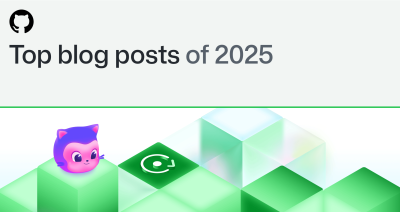Issue and Pull Request templates
It’s hard to solve a problem when important details are missing. Now project maintainers can add templates for Issues and Pull Requests to projects, helping contributors share the right details…

It’s hard to solve a problem when important details are missing. Now project maintainers can add templates for Issues and Pull Requests to projects, helping contributors share the right details at the start of a thread. This is the first of many improvements to Issues and Pull Requests that we’re working on based on feedback from the community.
To add an Issue template to a repository create a file called ISSUE_TEMPLATE in the root directory. A file extension is optional, but Markdown files (.md) are supported. Markdown support makes it easy to add things like headings, links, @-mentions, and task lists to your templates.
Pull Request templates follows the same pattern: add a file called PULL_REQUEST_TEMPLATE to the root directory of your repository.
If you’re worried about the added clutter in the root directory of your project, we also added support for a .github/ folder. You can put CONTRIBUTING.md, ISSUE_TEMPLATE.md, and PULL_REQUEST_TEMPLATE.md files in .github/ and everything will work as expected.
Check out the documentation for additional information on the feature.
Written by
Related posts

Agentic AI, MCP, and spec-driven development: Top blog posts of 2025
Explore the GitHub Blog’s top posts covering the biggest software development topics of the year.

Why developers still flock to Python: Guido van Rossum on readability, AI, and the future of programming
Discover how Python changed developer culture—and see why it keeps evolving.

TypeScript’s rise in the AI era: Insights from Lead Architect, Anders Hejlsberg
TypeScript just became the most-used language on GitHub. Here’s why, according to its creator.